On March 24th, That Dragon, Cancer developer Ryan Green spoke about how they have yet to receive a dollar for the game in a post on the games blog. The developer blames Let’s Play videos for being the reason behind this. Are Let’s Play videos solely responsible for the lack of sales for That Dragon, Cancer?
It all begins with a tweet
I’ve already written an article about whether Let’s Plays are ruining video game development. Today we are going to be taking a look at whether or not Let’s Play videos are responsible for That Dragon, Cancer developer Numinous Games not seeing any sales.
To get an answer to this, we need to look at some different aspects — the blog post, the different forms of Let’s Play videos, the audiences of those videos, whether such videos can be the making or breaking of a game, and the audience of That Dragon, Cancer.
The original blog post was written in response to Tweets from a Let’s Player about their videos having copyright claims placed on them. This claim is due to the music contained within the game being copyrighted to ensure that the composer gets compensated for his efforts.

Green talks about how the studio is yet to receive a dollar from sales of the game. He also talks about how he only wishes for the music composer Jon, to receive the money he deserves for the game and that people use his music only with full permission:
However, there is another side of this that I’ve been afraid to talk about in public. And that is this: our studio has not yet seen a single dollar from sales. That Dragon, Cancer was created by a studio of eight, and for many of us it was a full-time effort that involved thousands of hours of work. This huge effort required taking on investment, and we decided to pay off all of our debt as soon as possible. But we underestimated how many people would be satisfied with only watching the game instead of playing it themselves.
And so yes, Let’s Play person, I agree with you, it does suck to have someone else making revenue off your work.
We paid Jon to create music for our game because we understand that he needs to be paid in order to spend time creating that music. If someone else uses his music without permission, we also believe he should have the right to determine the consequence. And if there is revenue being drawn from that use, we believe he should be compensated.
Green follows by talking about let’s play videos and his experience with watching them and his opinions.
We feel the Let’s Play culture adds value to this medium. And for games with more expansive or replayable gameplay, it can directly benefit developers. Even knowing that some who streamed our entire game refuse to directly encourage people to support us, we’ve still sat on the streams and talked with streamers and viewers…Let’s Play culture is vibrant and creative and really cool.
…However, for a short, relatively linear experience like ours, for millions of viewers, Let’s Play recordings of our content satisfy their interest and they never go on to interact with the game in the personal way that we intended for it to be experienced. If you compare the millions of views of the entirety of our game on YouTube to our sales as estimated on SteamSpy, you can hopefully see the disparity.
We have seen many people post our entire game on YouTube with little to no commentary. We’ve seen people decompile our game and post our soundtrack on YouTube. We’ve also seen many, many Let’s Players post entire playthroughs of our game, posting links to all of their own social channels and all of their own merchandising and leaving out a link to our site.
Green ends the blog by asking let’s players to return the favor by creating videos that “don’t just rebroadcast the entirety of the game with minimal commentary.” Instead, he asks them to use portions of the game as “a context to share their stories and start conversations with their viewers.”
We have allowed our content, the fruit of our sweat and our tears, to be used by Let’s Players and to your fans for free to create content with, and you are drawing a small amount of ad revenue from our content.
…We would encourage you to link to our site and directly encourage viewers to support our work financially through buying the game, or donating a dollar or two to our studio if they believe that what we did has value. This small act will allow us to continue to work.
Looking at Let’s Plays and the audience
I am by no means a big fan of watching Let’s Play videos or any particular YouTuber, but that is not to say I have not watched my fair share of videos. From my experience of watching such videos, I have found there are three main forms of Let’s Play videos.
The first is the entertainment Let’s Play video. These videos are for pure entertainment purposes, where the presenter plays a video game and creates comedic moments from it. Such channels primarily play horror games, but do play other games in which they feel they can entertain their audience.
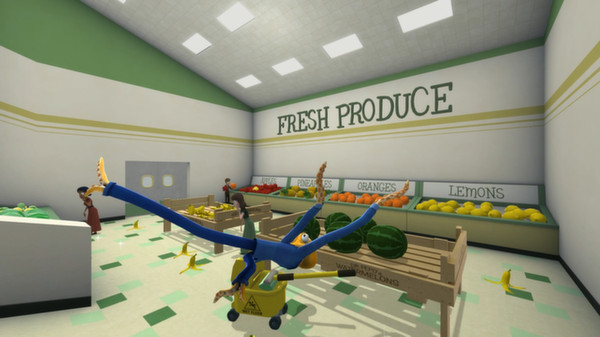
This form of Let’s Play videos are the most popular and have resulted in several channels booming to YouTube stardom. Such channels would include Markiplier, Pewdiepie and Jacksepticeye as three more famous examples.
The audience of such Let’s Plays is mostly of a younger age group, with a majority ranging from eight to fifteen. The audience watches the videos for the presenter more than the game itself. They watch for the entertainment and comedy that the presenter brings to their videos. The video game itself is simply there to conjure up comedy with the presenter. Most of the audience of such videos wouldn’t buy the game whether they watched them or not, due primarily to the general age group.
The second form of Let’s Play videos includes those who enjoy playing video games and want to share their experience with others. These videos are generally of particular games from the YouTuber’s childhood or their favorite games of all time.
Often, they talk about the game and provide their opinions on it, such as what was good and what was bad about it. An example of such a channel would be Kikoskia.
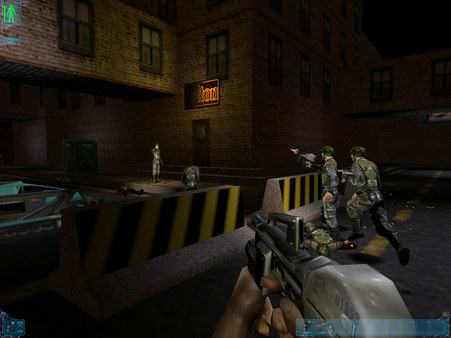
The audience for these specific Let’s Play videos would be those looking to view the YouTubers opinions on a game or to take a trip down memory lane. More often than not, the viewer will have already bought and played the game.
The third kind of Let’s Play video is archival videos. This form of Let’s Play video is to archive video games. These videos are generally of older games but can at times be of modern games. They are simply recordings of the games from start to finish without any form of commentary and do not have a presenter. An example of such a channel would be Nintendo Complete.
The audience for these Let’s Plays would be those looking for the nostalgia factor or to view games which they didn’t play during their childhood. Individual videos do contain more modern games. The audience watches it generally to get an impression of the game to help decide whether or not the game is worth buying.
If an audience member does not purchase the game after viewing such a video, it is more likely due to it not interesting them, or it isn’t a good game.
Can Let’s Plays potentially make or break a game?
For years, Let’s Plays were held responsible for either making a game huge or making it a financial failure. I don’t think this is entirely correct.
Amnesia: The Dark Descent is potentially the most played video game on YouTube. Nearly every single YouTuber who creates Let’s Play videos has created a video series on Amnesia: The Dark Descent. Despite it potentially being the most played game on YouTube, as of September 2012 the game generated an estimated 1.4 million sales.
Amnesia is quite a linear game. Once you have played it once, it has given you everything it has to offer. If you do go back and play it a second time, it is because it is a good game.
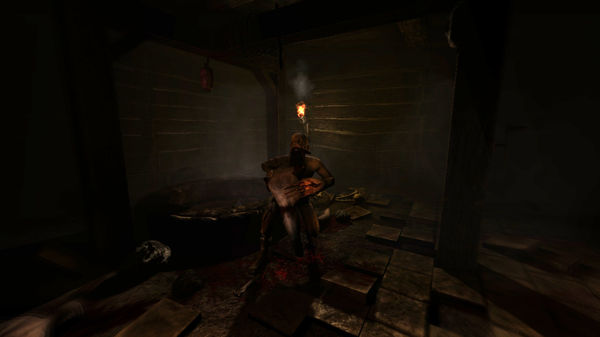
Let’s take a look at the other end of the spectrum. Overcast – Walden and the Werewolf was a game covered by a lot of Let’s Play channels of varying size. It was a game that was played equally by the Let’s Play giants to the smallest of channels.
Despite this, the game didn’t become a massive success by any stretch of the imagination. If anything, the soundtrack for the game became more famous than the game itself. The strange occurrence of the soundtrack being more famous than the game is due in large part to the game being genuinely bad while the soundtrack was simply beautiful.
I sincerely believe that no matter how many YouTube channels create a video of a game, it doesn’t make a difference long term. It isn’t the videos which make or break the game; it is whether the game is good or bad and if there is an audience who wants it.
The Audience of That Dragon, Cancer
An important part of a video game’s success revolves around the public it is targeting. Each genre of video game has its particular audience. That Dragon, Cancer is rather unique in almost every regard. The design and the story are something that developers have not attempted before.
That brings up the question of if there was a large audience for the game to begin with? The issue with such unique video games is that they usually only appeal to a very niche audience. The story to That Dragon, Cancer is not one that is fun to experience nor is it one that will bring you happiness.
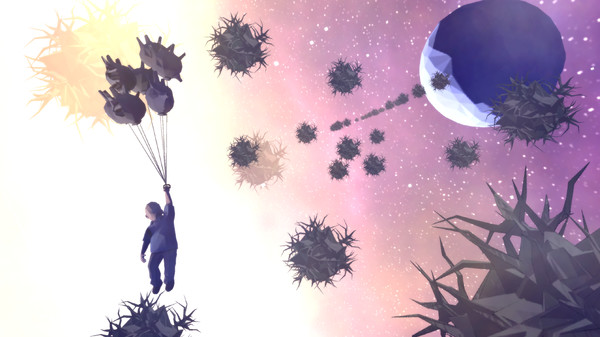
It is a game that would make some of the most emotionless individuals shed some tears; that is just how sad the game is. Chances are, the audience for the game are those who have been unfortunate enough to be in the same or similar situation as the Greens. The story will have meaning to them. It gives them a reason to play it. For the average gamer, however, this may not be the case. Potentially That Dragon, Cancer is a game that simply doesn’t appeal to the average gamer.
Are Let’s Plays responsible for That Dragon, Cancer sales figures?
There is no denying the fact that it is a sorrowful story that the studio has yet to see a single dollar since the game’s release. Spending two long years pouring blood, sweat and tears into creation, particularly one so close to your heart, to receive no financial compensation is excruciating.
To further increase the pain of this, all revenue of the game on Ouya is to go to the Morgan Adams Foundation and Family House SF. Without the sales, there is no revenue to go to the charities. The Green’s and the studio have my sincere sympathy, and my heart goes out to them.
Despite the situation at hand, I don’t think there is anything in particular that is to blame for the sales of That Dragon, Cancer. It is easy to blame Let’s Plays, especially when you are receiving tweets from them when all you are doing is the right thing.
I think the sales figures are down to the game appealing to a very niche audience. It isn’t something that the average gamer would look to play. More often than not, someone plays a game to get away from the drama that life brings.
They would rather get lost in a fantasy world or be the hero that saves lands from tyranny or that action hero like in 90s movies. The average gamer isn’t looking for something that is most likely going to make them upset or even cry. They play games to get away from such things and to have fun. Let’s Play viewers are there to either watch the presenter or watch a game which they had no intent on buying from the start.
What are your thoughts on the story? Do you believe that Let’s Plays are to blame? Let me know in the comments below.
IMAGE SOURCE: All images are sourced from their Steam Store Pages.
That Dragon, Cancer, Amnesia: The Dark Descent, Deus Ex, Octodad: Dadliest Catch.

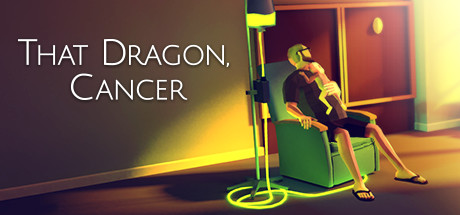





Published: Mar 29, 2016 02:16 am